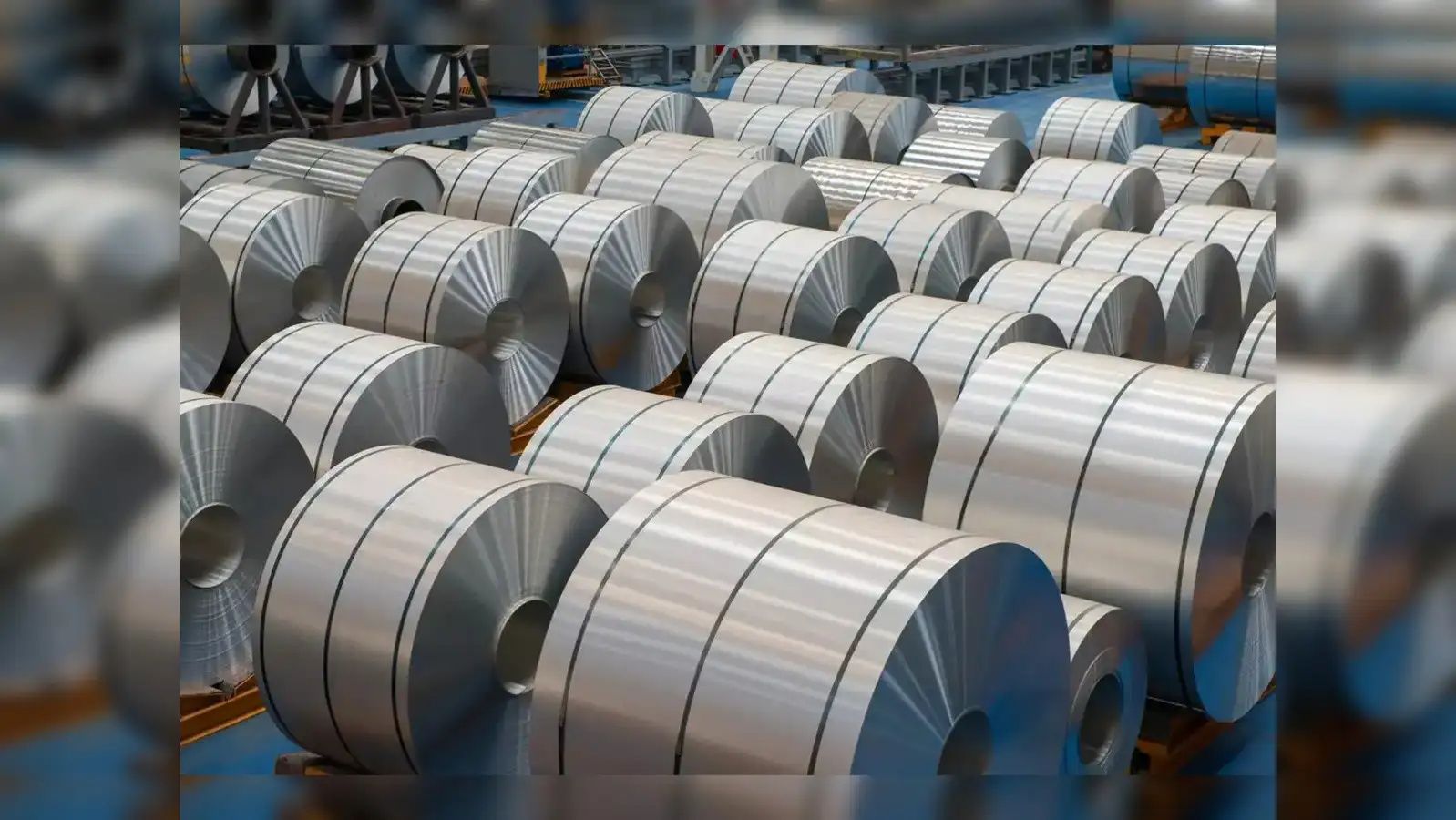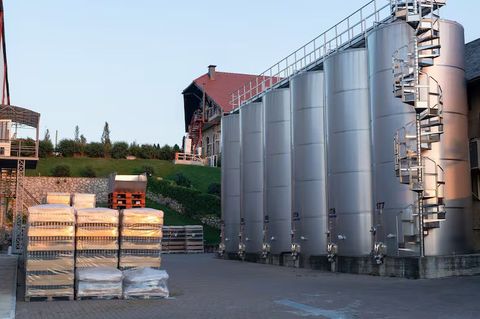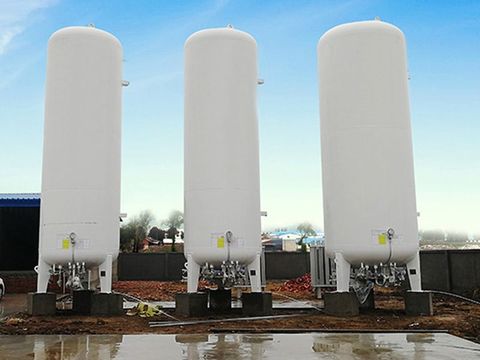Stainless Steel Supplies Explained: An Overview to Discover Facts, Knowledge, and Useful Insights
Stainless steel supplies refer to the wide range of stainless steel materials, components, and products used across industries such as construction, manufacturing, engineering, healthcare, automotive, and food processing. These supplies include sheets, coils, bars, pipes, fittings, fasteners, and custom-formed parts designed for durability, corrosion resistance, and structural reliability.
Stainless steel exists because industries needed a material that combined strength, hygiene, and resistance to environmental wear. With the invention of chromium-containing alloys in the early 20th century, stainless steel quickly became the preferred choice for environments requiring long-term performance. Today, stainless steel materials remain central in industrial design, architecture, mechanical engineering, and infrastructure development.
The broader ecosystem of stainless steel supplies includes manufacturers, distributors, industrial metals processors, and fabrication facilities. These networks help support everything from precise engineering applications to large-scale industrial projects. As global manufacturing continues to expand, stainless steel supplies remain a foundational material category enabling performance, efficiency, and safety.
Importance: Why Stainless Steel Supplies Matter Today
Stainless steel plays a major role in modern infrastructure and industrial systems because of its strength, corrosion resistance, and adaptability. Its importance is tied to several key factors:
Industries That Rely on Stainless Steel Supplies
-
Construction and infrastructure
-
Energy and power generation
-
Medical equipment manufacturing
-
Automotive and transportation
-
Aerospace
-
Food and beverage processing
-
Marine applications
-
Consumer appliances
These sectors continuously depend on stainless steel materials to maintain safety, compliance, and performance standards.
Problems Stainless Steel Supplies Help Solve
-
Corrosion and contamination – Stainless steel prevents rust and material degradation, ensuring hygiene and durability.
-
High-temperature performance needs – Certain alloys maintain structural integrity even under intense heat.
-
Structural reliability – Stainless steel provides strength for load-bearing and long-life applications.
-
Sanitation requirements – It supports industries where hygiene and sterility are essential.
-
Sustainability goals – Stainless steel is fully recyclable and contributes to reduced waste and resource optimization.
In a global environment focused on longevity, reliability, and environmental responsibility, stainless steel supplies remain essential to the functioning of modern society.
Recent Updates: Trends and Developments in Stainless Steel (2024–2025)
The stainless steel materials and industrial metals sector has experienced several noteworthy changes over the past year. These updates reflect shifts in global manufacturing, technology adoption, and sustainability initiatives.
Key Trends
-
Increased demand in renewable energy projects (2024–2025)
Stainless steel is widely used in solar mounting systems, battery casings, hydrogen storage, and wind energy structures. -
Greater adoption of automated metal fabrication technologies (2024)
Robotics and AI-driven cutting, bending, and polishing processes are improving precision and consistency. -
Development of new alloy grades focused on high strength and extreme environments (2024)
These new materials support chemical processing, high-pressure systems, and advanced engineering applications. -
Growth in stainless steel recycling and circular manufacturing programs (2025)
Companies are enhancing the recycling rate of industrial metals to meet environmental goals. -
Digital inventory management platforms expanding across suppliers (2024–2025)
Real-time tracking systems now help industries monitor material availability and specifications more efficiently.
Market Observations
-
Many countries saw steady demand increases in construction and industrial expansion.
-
The food processing and medical sectors continue to require high-grade stainless materials for hygiene compliance.
-
Cleaner and more efficient production techniques are being adopted to reduce emissions.
These developments show how stainless steel supplies continue to evolve with global industrial needs.
Laws or Policies That Influence Stainless Steel Supplies
Regulations affecting stainless steel supplies vary by country, but they typically focus on quality standards, environmental requirements, and safety compliance. Below are general categories that commonly impact stainless steel materials.
Quality and Material Standards
Most regions require stainless steel to meet specific standards such as:
-
ASTM (American Society for Testing and Materials)
-
ISO (International Organization for Standardization)
-
EN Standards (Europe)
-
JIS Standards (Japan)
These ensure consistent mechanical strength, chemical composition, and performance.
Environmental Regulations
Governments focus on controlling:
-
Emissions from steel production
-
Wastewater and chemical discharge
-
Energy-efficient manufacturing
-
Recycling and circular economy practices
Countries emphasize reduction of carbon intensity, pushing manufacturers toward greener processes.
Workplace and Safety Policies
Industries handling stainless steel components must comply with:
-
Safe handling rules
-
Machinery operation standards
-
Structural safety requirements
-
Food-grade material compliance for relevant sectors
Regulators closely monitor the use of stainless steel materials in public infrastructure, high-risk industries, and healthcare environments.
Import and Export Guidelines
Many countries regulate:
-
Material certificates
-
Country-of-origin documentation
-
Alloy composition verification
-
Industrial metal classification codes
These policies help maintain reliability in global stainless steel supply chains.
Tools and Resources: Helpful Platforms for Stainless Steel Information
Below are useful tools, databases, references, and digital resources related to stainless steel supplies and industrial metals knowledge.
Material and Alloy Databases
-
MatWeb – Database of material properties, including stainless steel alloys
-
AZoM Materials Database – Technical information on manufacturing materials
-
Total Materia – Comprehensive material specification repository
Industrial Calculation Tools
-
Stainless steel weight calculators
-
Metal thickness and gauge conversion tools
-
Structural load calculators
-
Corrosion resistance comparison tools
Reference Guides
-
International stainless steel grade charts
-
Engineering materials handbooks
-
Fabrication process guides
Industry Organizations
-
World Stainless Association
-
International Stainless Steel Forum (ISSF)
These resources help users explore high-CPC informational areas such as industrial materials insights, alloy specification knowledge, engineering components overview, and manufacturing materials information.
Table: Common Stainless Steel Grades and Their Typical Uses
| Stainless Grade | Properties | Common Uses |
|---|---|---|
| 304 | High corrosion resistance | Food equipment, kitchenware, tanks |
| 316 | Superior resistance, marine-safe | Pharmaceuticals, marine fittings |
| 410 | Heat-resistant, strong | Tools, fasteners, valves |
| 430 | Good formability, magnetic | Appliances, decorative trim |
| 2205 Duplex | High strength, chloride resistance | Offshore, chemical processing |
FAQs
What makes stainless steel different from other metals?
Stainless steel contains chromium, which forms a protective layer that helps prevent corrosion and rust. This feature sets it apart from carbon steel, aluminum, and many other industrial metals.
Why are there so many stainless steel grades?
Different grades exist to meet specific performance needs such as heat resistance, corrosion resistance, formability, and strength. Each grade is designed to support environments where certain properties are essential.
How long does stainless steel typically last?
When used appropriately, stainless steel can last for decades due to its resistance to wear, moisture, and chemical exposure. Its durability depends on environment, grade selection, and maintenance practices.
Are stainless steel supplies environmentally friendly?
Yes. Stainless steel is 100% recyclable and retains its properties after recycling, making it a sustainable industrial material. Many industries incorporate recycling programs to reduce environmental impact.
Where is stainless steel commonly used?
It is widely used in infrastructure, food processing, automotive manufacturing, healthcare systems, mechanical engineering, and public facilities due to its hygiene, strength, and long-term reliability.
Conclusion
Stainless steel supplies play an essential role in the functioning of modern industries, infrastructure, and technology. Their strength, resistance to corrosion, and versatility make them crucial in environments requiring reliability and long-term performance. Recent trends including sustainability efforts, digital supply chain improvements, and advanced alloy development—show how stainless steel continues to adapt to global industrial needs.
With numerous regulations, quality standards, and environmental policies guiding its production and use, stainless steel remains one of the most trusted materials across sectors. By understanding the context, importance, updates, regulatory environment, and available tools, users can gain a clear and informed perspective on stainless steel materials and their applications.






